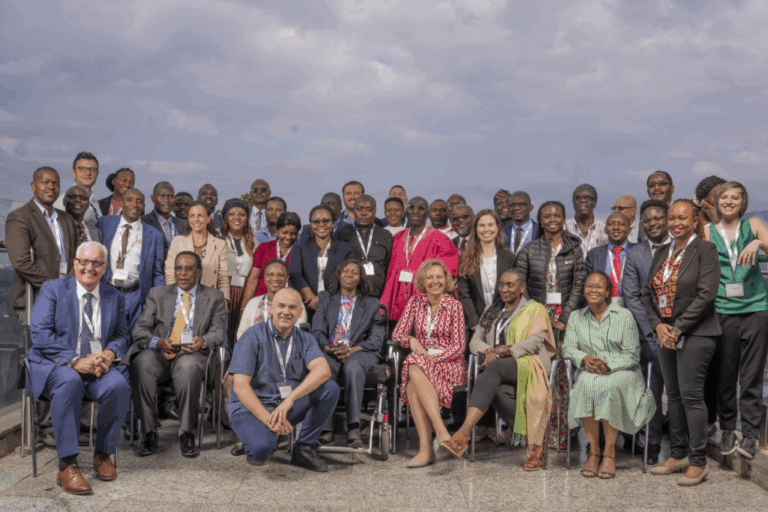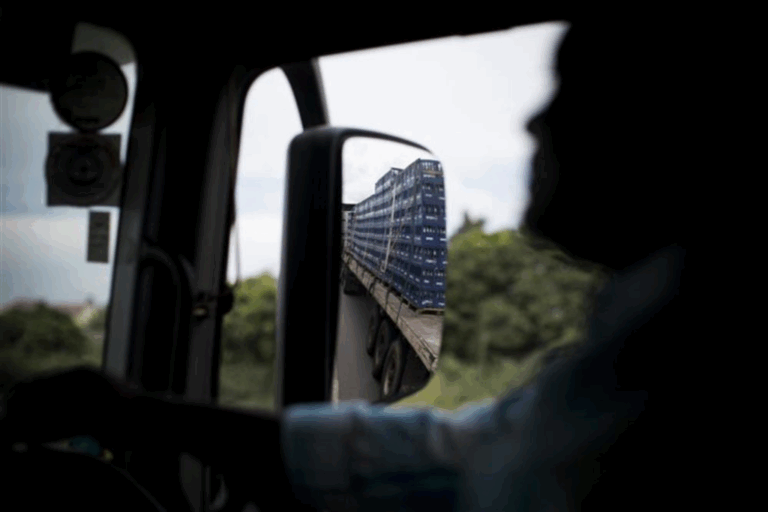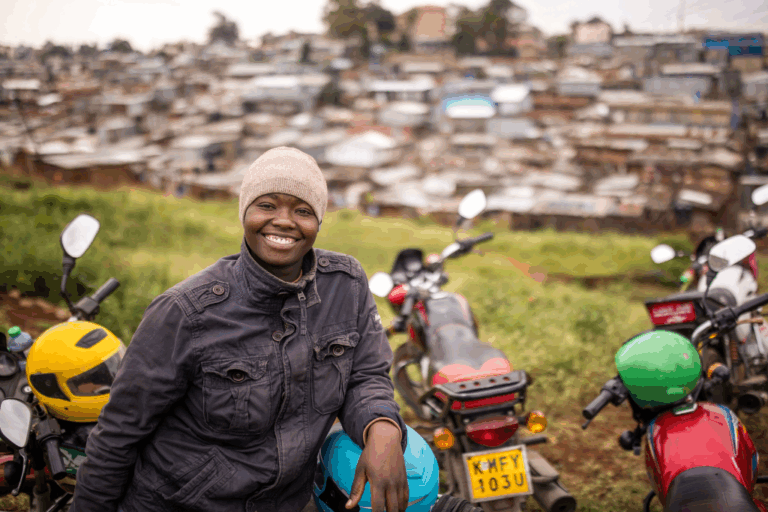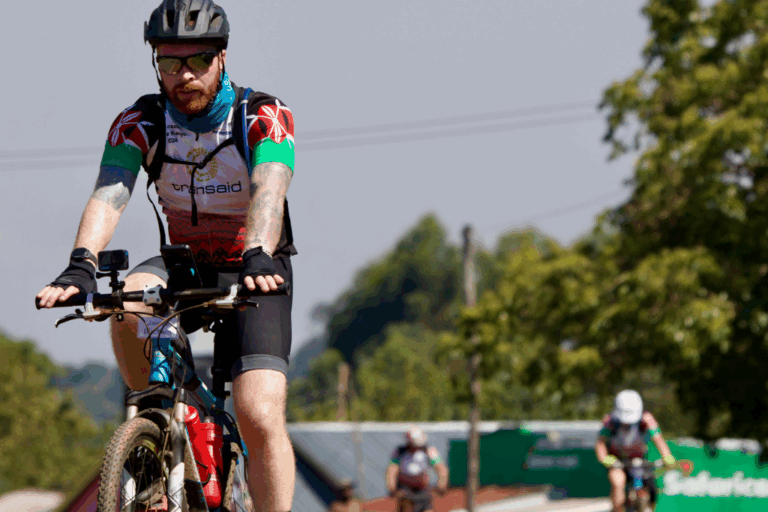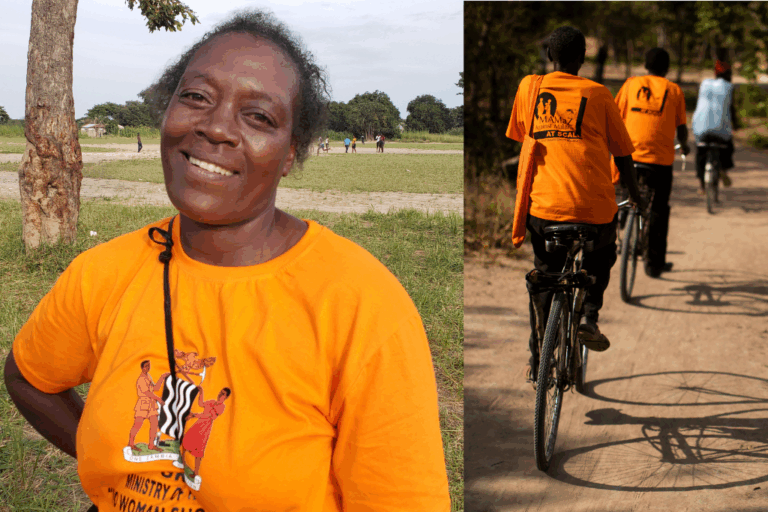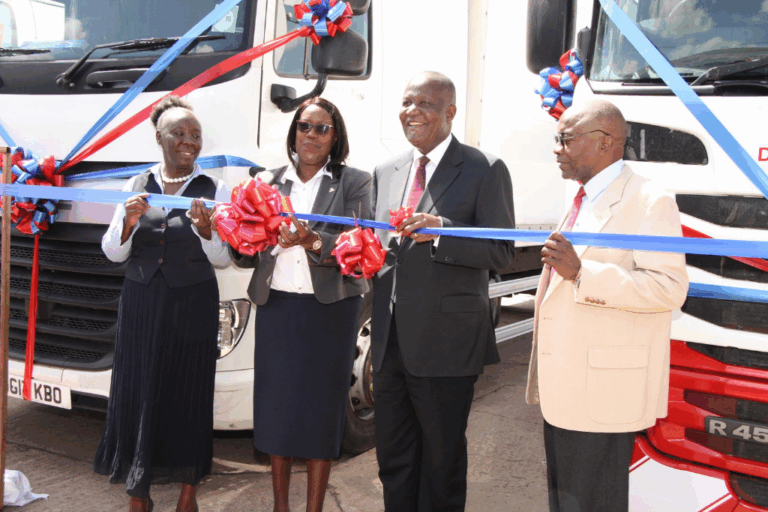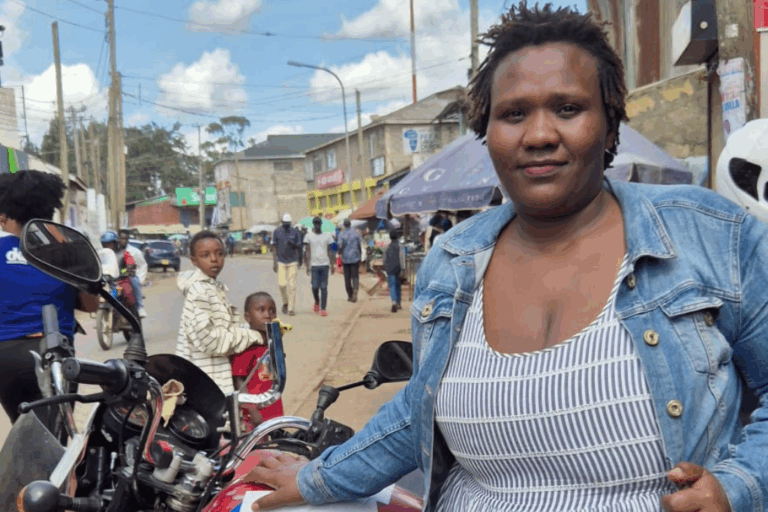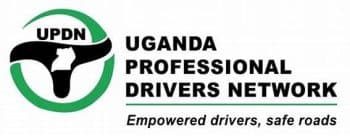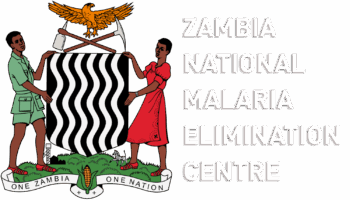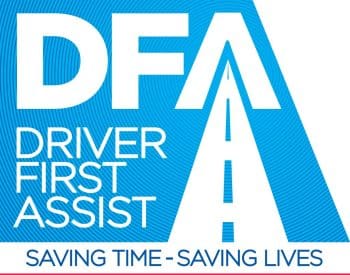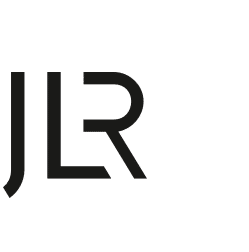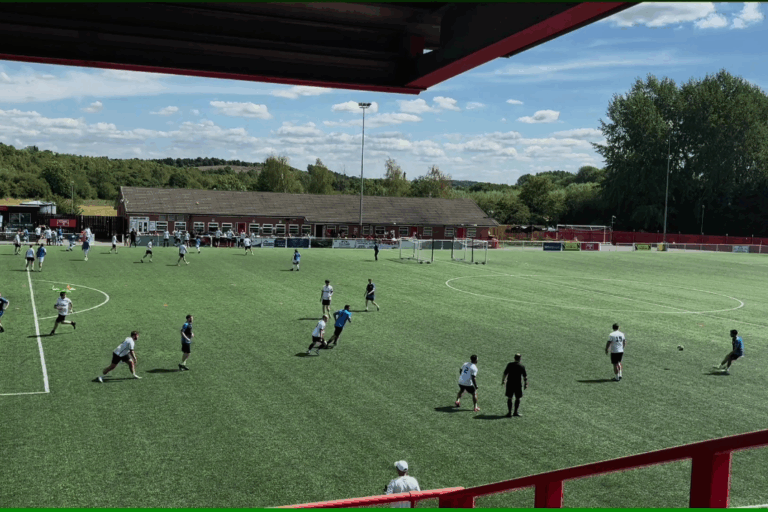
News
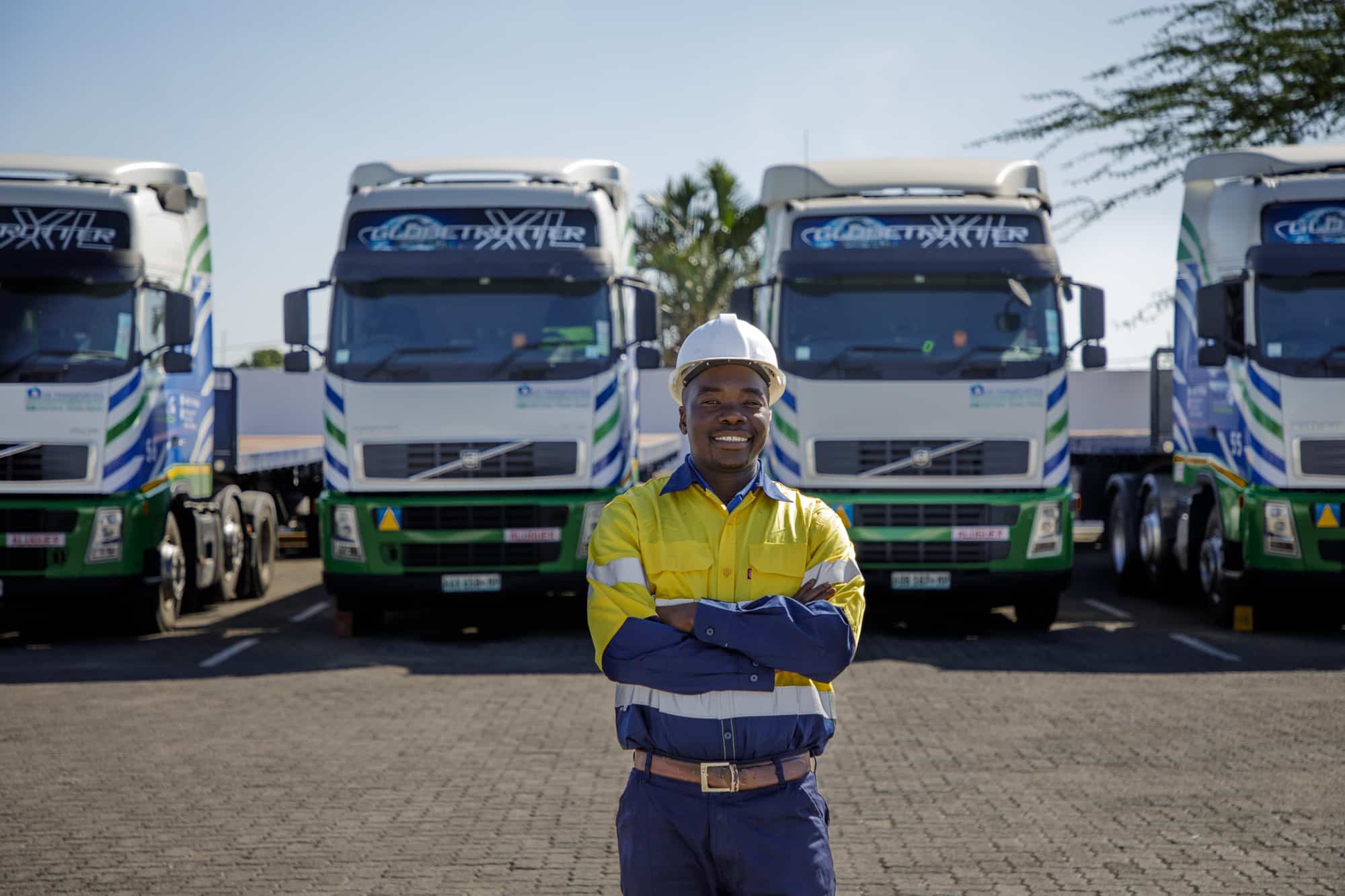
Using transport to improve access to community health services in Madagascar
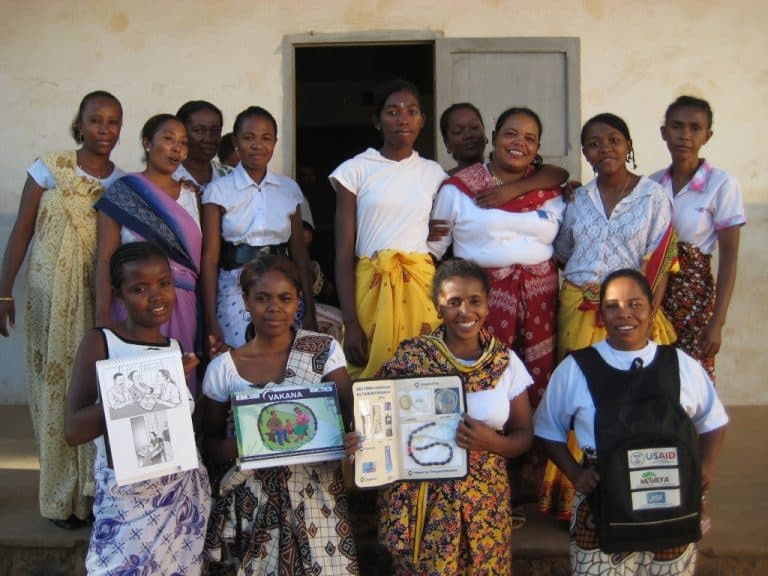
The MAHEFA programme – MAlagasy HEniky ny FAhasalamana (or MAlagasy HEalthy FAmilies) – brings improved basic family and community health services to isolated Malagasy communities.
From 2011, with USAID funding, Transaid partnered with JSI Research and Training Institute, Inc. (JSI) and the Manoff Group to improve the use of community health interventions and services, the supply of essential health commodities, and access to health to the Malagasy communities in remote northern and western parts of the island.
Under the overall objective of increasing the use of proven, community‐based interventions (mother and child health, family planning, water, hygiene and sanitation, prevention and treatment of malaria and malnutrition) and related health products, the programme impact of MAHEFA is measured against these expected results
Result 1: Increased demand for high-quality health services and products;
Result 2: Increased availability of high-impact health services and products;
Result 3: Improved quality of care delivered by community-based health practitioners.
MAHEFA operates in six of Madagascar’s 22 regions, covering 24 administrative districts (275 communes) with a population of 3.5 million (Madagascar total, 20.7 million ). The programme duration is five years (2011-2016) and it works with 6,000 community health workers(CHWs). Endemic poverty (per capita GDP 2010, 900 US dollars ) and underlying civil strife (a violent political crisis that erupted in 2009 may only now, following recent elections, have an end in sight) characterise the context of its activities.
Transaid’s activities within MAHEFA
Within MAHEFA, Transaid’s role cuts across the key areas of project delivery. With the main transport and logistics objective of developing and implementing innovative approaches to improve access to essential health services at community level, these include:
- Ensuring the availability of reliable emergency transport (to pregnant women, children under 5s and new-borns)
• Improving CHWs’ mobility
• Supply-chain strengthening at community level (through increased availability of essential health commodities for people in hard-to-reach areas)
Transaid’s activities began with an extensive needs assessment, reflecting their expected scale both in numerical and geographical coverage, and the unmet health needs of the communities concerned. This ran from March 2011 to September 2012 and demonstrated that the communities in question were often unable to access and/or utilise essential and/or emergency health services and commodities.
- Available transport: Common types of transport (eg. oxcarts and canoes) and their usefulness in health emergencies were identified (eg. motor vehicles can only travel on the few made-up roads in the programme area).
- Emergency Transport: Not only is emergency transport rarely available at health facility or community levels, but this includes an important behaviour-related dimension: evidence of sufficient community organisation to prepare for emergency transport during birth or health emergencies is also rare.
• Access issues: Nearly 40 per cent of community health centres were between 120-200km from referral hospitals.
• Supply chain: 50-100 per cent of many essential health supplies were out of stock or were simply not for sale at community pharmacies and other local access points.
The assessment concluded that the MAHEFA target population was under-served in relation to its basic health needs and that, through a focus that included improving transport and the supply chain, alongside other key community health interventions, overall health improvements were achievable.
Delivering health commodities to hard-to-reach areas
Transport is therefore integral to the entire MAHEFA project and since September 2012 important transport-based small-scale interventions have been implemented. These have already shown encouraging results and some have started to be scaled up.
An innovation to improve the distribution of health supplies in Mitsinjo, one district of Boeny Region has been the introduction of hovercraft. The terrain is swampy and prone to flooding, with many communes considered inaccessible for much of the year.
Hovercraft capacities to travel above water and cross sandbanks, as boats cannot do, make them ideal vehicles in these conditions. Hovercraft trials to distribute health goods began in September 2012 and were evaluated closely for six months4. At seven communes (the administrative level in Madagascar below that of district) results at the supply points showed:
- Number of deliveries of health commodities during the previous three months more than doubled. Baseline: 0.8; Final: 2.0
• Average number of consumer units in stock dramatically increased. Baseline: 155; Final: 1769
• Stock-outs (when commodities run out) dropped nearly four-fold. Baseline: 78%; Final: 20%. (Those lasting over one month dropped from 21% to 7%)
• Similar results were found in relation to the provisioning of individual CHWs, showing that a well-stocked supply point can have an impact on CHW stock levels and also motivation to restock.
Cost per delivery cycle to all hovercraft accessible supply points was approximately 750 US dollars, but this represents a monthly average distribution of 1500 units of health commodities per delivery that would not have otherwise reached those Boeny communes. Cost reduction is being investigated through the provision of services to other NGOs and private companies, but the overall success of distribution by hovercraft means that this initiative is currently being extended to other regions.
Improving CHW mobility
In 2013, Transaid began supplying the CHWs in Menabe, Boeny and Sofia regions with 300 bicycles and the training to ride and maintain them safely. To reach their patients, attend village meetings and return home CHWs previously made arduous journeys through jungle on foot. For the CHWs concerned the bicycle project has already resulted in:
- Increased numbers of household visits to patients, health promoting activities at wider community levels and visits to restock essential health goods;
• Greater areas covered on visits in less time, and more time for CHWs to spend at home.
In the current project year, MAHEFA will distribute at least a further 700 bicycles, following the success of the initial distribution and as a direct result of demand for them by CHWs, for whom receiving a bicycle from MAHEFA is motivating in itself.
Transport for Maternal, Neonatal and Child Health Emergencies
A methodology was developed to design emergency transport systems for maternal and child health. This based on intermediate modes of transport – such as bicycle ambulances, canoes and stretchers carried on foot – to meet the demands of the terrain and other access constrain. Community management systems are put in place to ensure that people can access the transport at all times and use it efficiently. To date, Emergency Transport Systems were established in two districts of Menabe Region and the impact of the intervention is being evaluated, in order to learn lessons before expanding to other regions.
For the remaining two years of MAHEFA, Transaid will continue to expand activities that proved successful, while exploring other solutions to remaining community health access challenges.
References:
1. INSTAT Madagascar (Institut National de la Statistique), 2011
2. Index Mundi 2010
3. MAHEFA, October 2012, Etude des Besoins en Transport et Logistique (Rapport Préliminaire)
4. MAHEFA, November 2013, Improving Community Logistics: Results from Use of Hovercraft to Improve the Distribution of Health Commodities in Boeny Region, Madagascar – Final Report
Recent Posts


